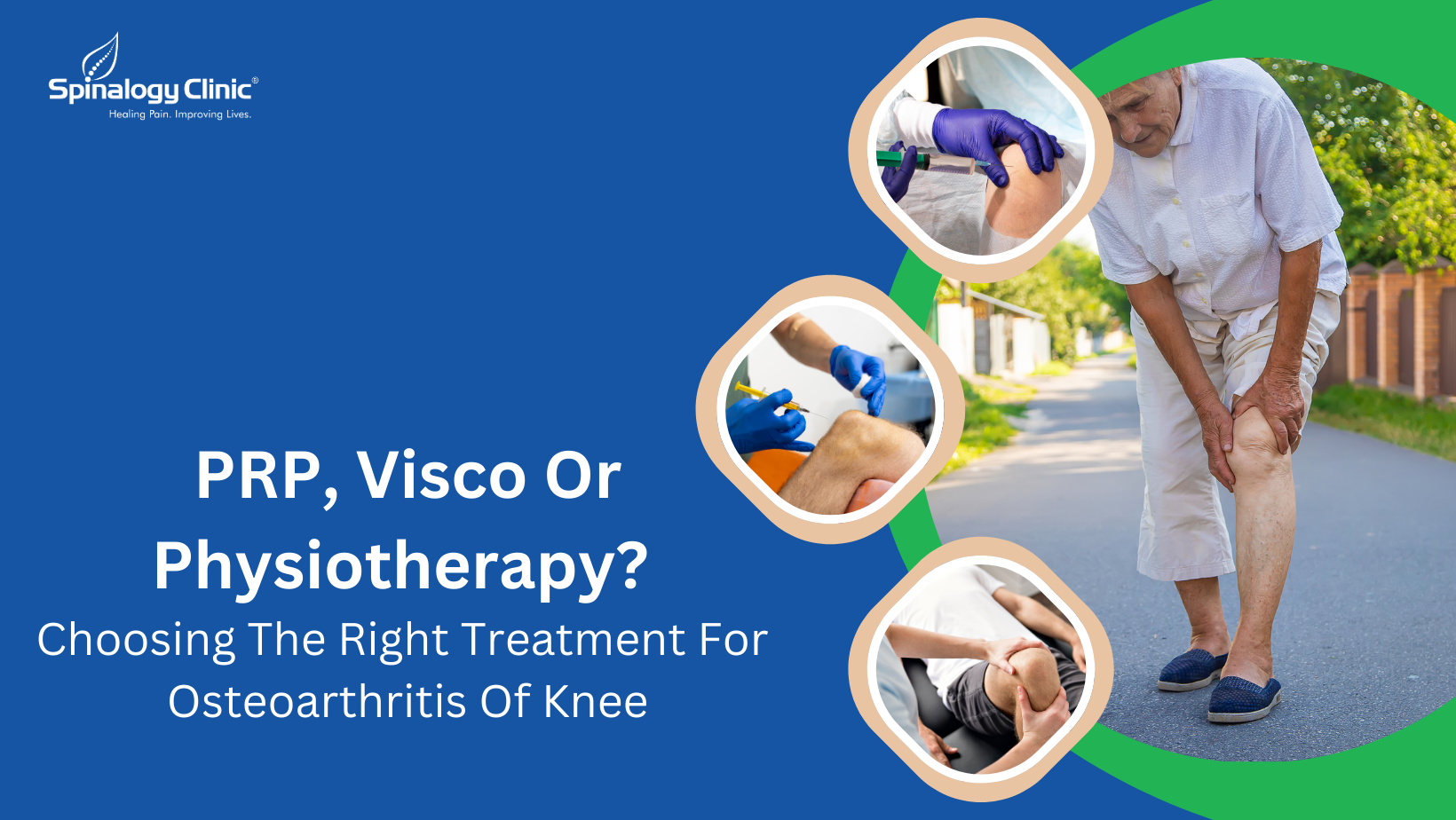Coping Up With Post Covid Joint and Muscle Pains
The COVID-19 virus can wreak havoc on the body in many ways. One common aftereffect is joint and muscle aches and pains. These pains can persist for weeks or months after recovering from the initial illness. If you are struggling with lingering discomfort, you are not alone. There are many things you can do to manage the symptoms and reduce the impacts on your life.
What Causes the Pains?
The root causes behind lingering muscle and joint pain after recovering from COVID-19 are still being investigated by medical experts. One leading theory for these lasting symptoms is that the virus triggers widespread inflammation throughout tissue damage inflammation persists for weeks or months after testing negative for an active infection.
There may also be some lasting damage to muscle, joint, or nerve tissue caused by the virus that contributes to the pain. Another possibility researchers are exploring is post-viral autoimmunity, where the immune system gets thrown off balance after fighting the virus initially and then starts attacking the body’s healthy cells and tissues afterward, resulting in painful inflammation - especially in joints, muscles, nerves, and organs. Identifying the exact mechanisms at work is an ongoing effort.
The Most Common Issues
The parts of the body most often affected by lingering post-COVID pains are the muscles and joints. Some of the most common complaints are joint stiffness and sharp pains, muscle aches and cramps, numbness or tingling in the limbs, and swelling around major joints like knees, hips, elbows, and shoulders. Basic movement may be difficult and accompanied by jolts of pain.
The severity of symptoms can fluctuate, often worsening with physical activity and then subsiding a bit at rest. However, the discomfort tends to persist on some level. The hands, legs, and back in particular seem to be the areas impacted most often, limiting strength and mobility in the arms and legs especially. Consulting an orthopaedic can provide some relief through medications, stretches and exercises tailored to each person's specific trouble spots.
Home Remedies and Lifestyle Changes
There are many at-home things you can do to start feeling better:
- Gentle Aerobic Exercise – Low-impact activity helps build back muscle and stamina. Start very slow. Walking, swimming, stationary bike. Stop if it hurts.
- Heat/Ice – Use heating pads, hot baths, and cold packs to reduce pain and swelling in muscles and joints. Alternate between hot and cold.
- OTC Medications – Acetaminophen, and NSAIDs like Advil can relieve pain. Topicals like muscle rubs too.
- Healthy Eating – Emphasize whole, anti-inflammatory foods. Reduce processed foods, sugar, saturated fats, and fried or fast food options. Stay hydrated.
- Stress Relief – Chronic stress can sustain inflammation. Make time for relaxation through yoga, meditation, counselling, or other methods you find calming.
- Supplements – Fish oil, turmeric, magnesium, and glucosamine may help.
- Compression & Braces – These can support weakened joints like knees or wrists to avoid further injury. Consult a doctor for properly fitted devices.
- Gentle Stretching/ROM Exercises – Go slow, but keep using your muscles and joints to prevent freezing up. Yoga and Pilates are great for this.
- Get Plenty of Sleep – Quality rest helps the body heal. Set up a calming bedtime routine. Limit electronics use before bed.
- Pace Yourself – Go slow and take breaks often. Don’t overdo activities as that leads to crashes and flare-ups. Allow time to rest.
See Your Doctor for Severe or Persistent Cases
While home care solutions can help manage mild to moderate lingering COVID-related pains for many, some develop severe or persistent symptoms. See your physician promptly if you have:
- Extreme Pain – Little relief from over-the-counter interventions
- Persistent Swelling – Lasting edema around joints
- Numbness/Tingling – Significant or worsening
- Difficulty Moving Joins or Muscles – Freezing up
- Impacts on Function – Struggling with normal daily tasks
- Weakness/Fatigue – Feeling profoundly run down
The doctor can advise lab and imaging tests to pinpoint causes. You may be referred to physical therapy, pain management clinics, or specialists like rheumatologists. Additional medications or injections may provide relief.
Don’t Suffer in Silence
Post-COVID muscle and joint discomfort can be discouraging if symptoms drag on. Try to be patient with your body as it still works to recover. However, significant impacts on quality of life should be professionally evaluated. A combination of at-home and medical remedies tailored to your situation can typically get you feeling stronger soon.




